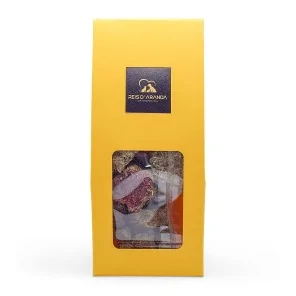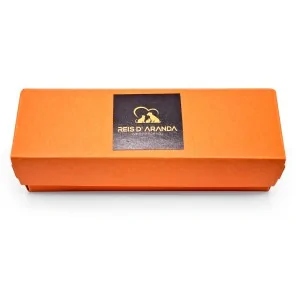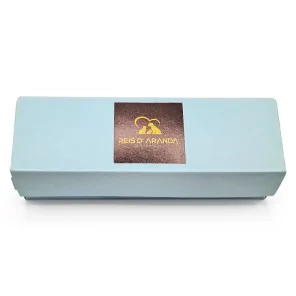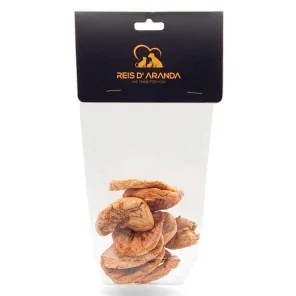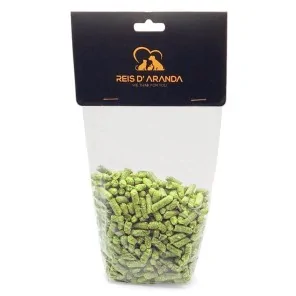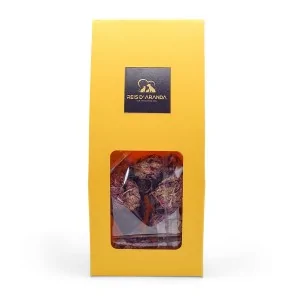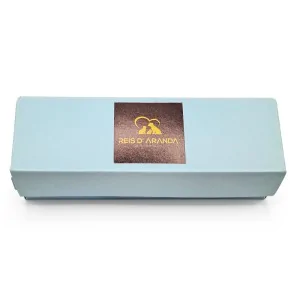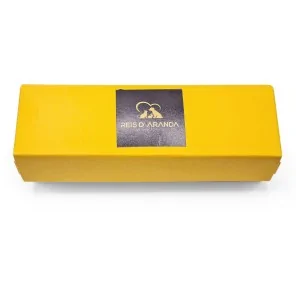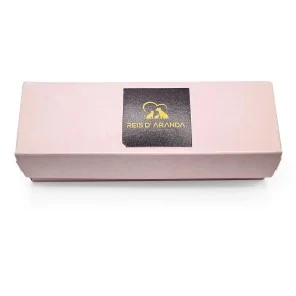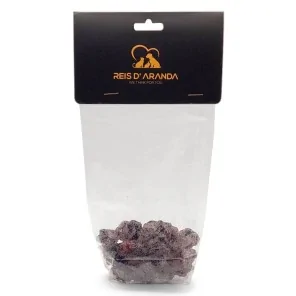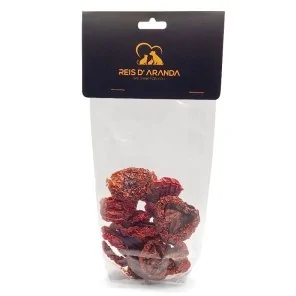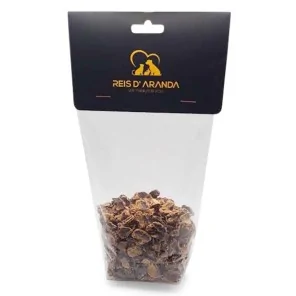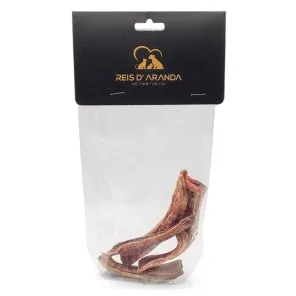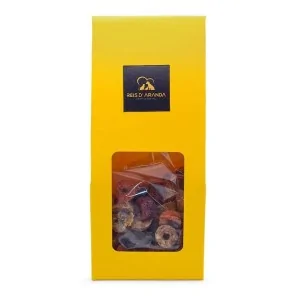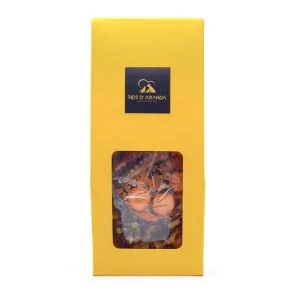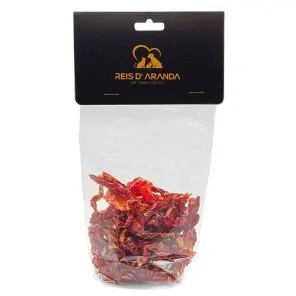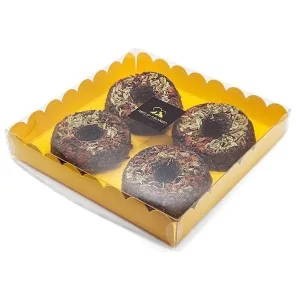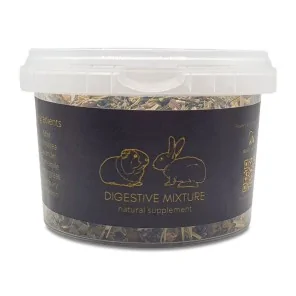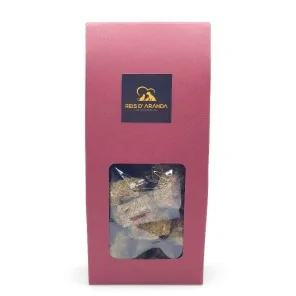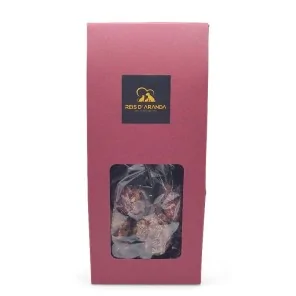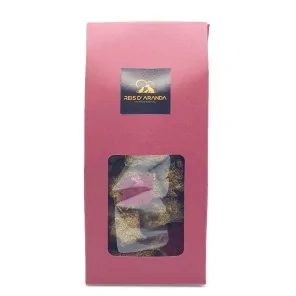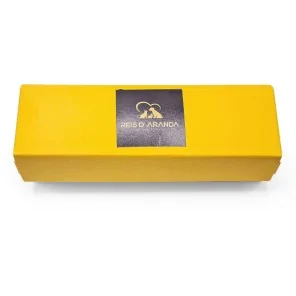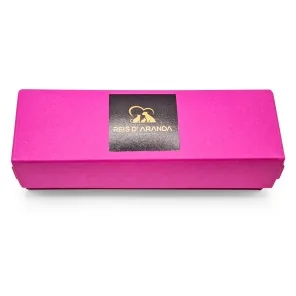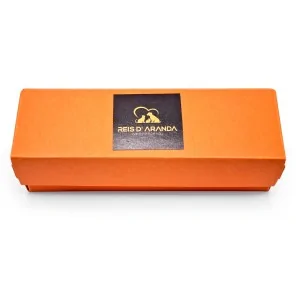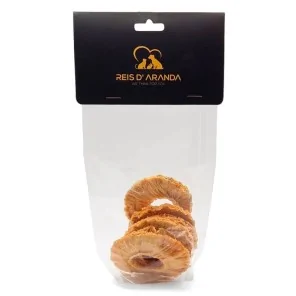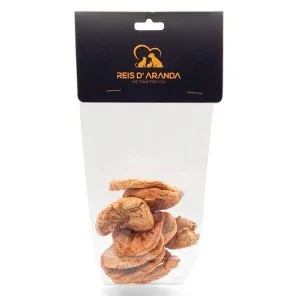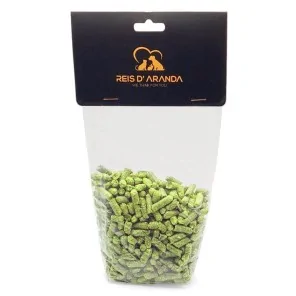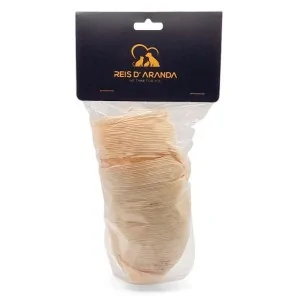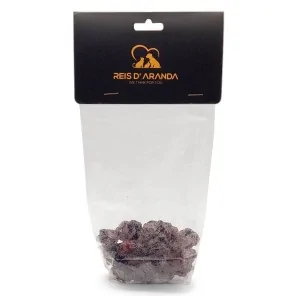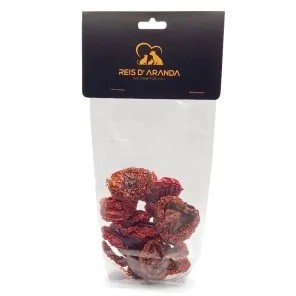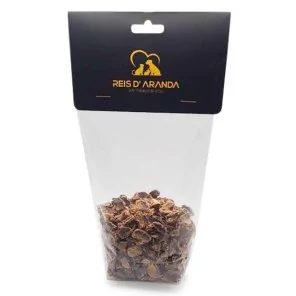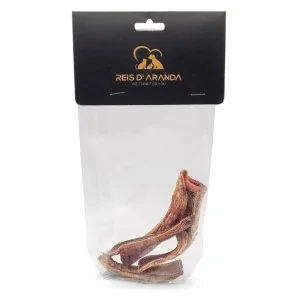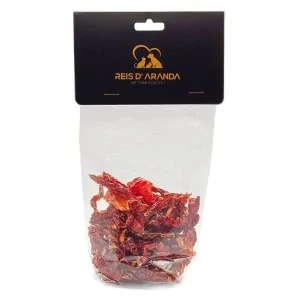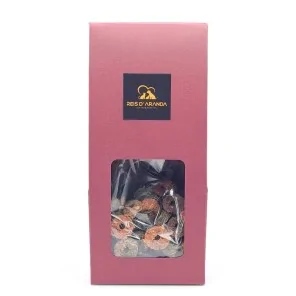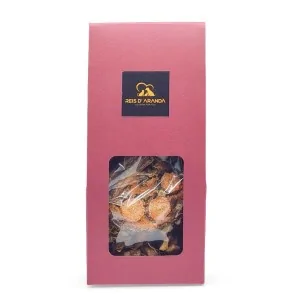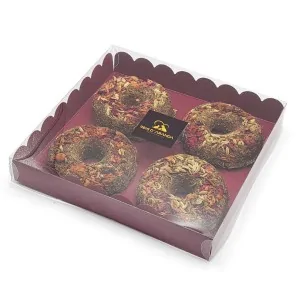The Tornjak originated from genetically homogeneous, almost extinct, indigenous shepherd dogs. These dogs have...
MALOCCLUSION IN RABBITS AND GUINEA PIGS
MALOCCLUSION IN RABBITS AND GUINEA PIGS
Malocclusion is a very common problem in rabbits and guinea pigs that affects the correct alignment of their teeth (incisors, molars or both). This condition can cause chewing and swallowing difficulties and lead to poor nutrition, pain and even death if not treated properly. In this article, we will explore the most common causes of malocclusion and the importance of good selective breeding and home maintenance to prevent it.
WHAT IS MALOCCLUSION?

Malocclusion occurs when a rabbit or guinea pig's front or back teeth do not wear properly due to abnormal growth or misalignment. This can be caused by several factors, including:
1. GENETICS: Malocclusion can be hereditary, meaning that if the animal's parents have dental problems or carry it, their offspring are more likely to also have it or pass it on to the next generation; tooth alignment can be seen as early as 12-15 days of age, sometimes even earlier, so early detection is very important when raising a litter. In some cases, this malformation is so severe that the guinea pig or baby guinea pig has to be euthanased at a very young age, due to the impossibility of correcting the problem.
The selection of breeding animals must be very careful, essential to avoid the spread of unwanted characteristics such as this which only leads to animal suffering, high veterinary costs and, in more than one case, the slow and painful death of the animal due to lack of proper veterinary care.
When a litter is born and has malocclusion, the parents must be removed from the breeding stock, how is this done? Are they euthanised? No. They are simply put up for adoption neutered or with a commitment to neuter.
2. INADEQUATE DIET: Poor nutrition can contribute to the development of malocclusion. A diet low in fibre (hay) and high in soft foods such as feed may not provide adequate tooth wear, which can result in overgrowth. Some people believe that salt rocks or hard bread help to minimise the chances of the animal developing malocclusion (in this case, acquired malocclusion), a major misconception, especially as these are two products that should not be eaten.
This case is very common in the pets of individuals who are ignorant when it comes to keeping their pets, in areas where it is not common for the rabbit to be a pet or in cases of domestic abandonment.
3. TRAUMATISM: Trauma, such as falls or blows to the mouth, can cause incorrect alignment of the teeth and the development of malocclusion. This happens especially when the animal loses one or more teeth with the blow, so that (if the root is damaged) they will grow without having anything to stop their growth. An animal suffering from trauma-acquired malocclusion can reproduce, but most ethical breeders prefer to keep them as pets (retired) or put them up for adoption in their own town and keep track of them.
4. DENTAL INFECTIONS: Dental infections are less common, but happen mostly after an injury to the mucous membrane of the mouth or gums (e.g. from biting something too hard that splinters or a thorny plant) or from an overgrowth of the gums (even if the bite is correct). The infection itself pushes on the teeth and ends up deforming them and causing very painful abscesses.
5. LACK OF VITAMIN D: The lack of sunlight and, therefore, of vitamin D (as well as calcium or phosphorus) leads to a softening of the bones, especially those of the face, so that a case of acquired malocclusion can occur even if the animal has a correct diet rich in fibre and is handled correctly, without knocks or falls. It is important that our animals are exposed to the sun daily, either directly but in a controlled way (outdoors) or through the windows.
6. AGE: Some rabbits and guinea pigs, on reaching senior age (4 years) may develop malocclusion due to various factors. In these cases, it is advisable to study the environment and their diet to find out the exact cause in each case.
7. BITTING THE BARS: Biting the bars of the enclosure is another cause of acquired malocclusion, the most common being molar malocclusion. This occurs in animals living in cages that are too small or under constant stress.
HOW TO PREVENT MALOCCLUSION?
To avoid malocclusion in rabbits and guinea pigs, it is essential to start with good selective breeding. This involves selecting healthy breeding animals with adequate dentition and no history of malocclusion, as well as carrying out weekly incisor checks at home (the shape of the rabbit's mouth prevents anyone other than the vet from checking the molars), and removing from breeding programmes any animals suspected of transmitting malocclusion.
In addition, proper nutrition is key in the prevention of malocclusion. It is essential to provide a diet rich in fibre, including fresh, quality hay in large quantities, and avoiding excess soft foods or foods high in sugars helps to maintain good dental health.
IF YOUR PET HAS MALOCCLUSION, SEE A VETERINARIAN.
It is important to note that malocclusion is a condition that requires specialised veterinary care. If you suspect that a rabbit or guinea pig may have malocclusion, look for symptoms such as loss of appetite, changes in chewing habits, excessive drooling, lumps in the face or jaw and loss or decay of teeth. At any sign, a veterinarian should be consulted for proper diagnosis and treatment, which focuses on regular monitoring of the teeth, filing or trimming in mild to moderate cases, and extraction of the teeth and surgical destruction of the root in more severe cases.
In summary, malocclusion is a common problem in rabbits and guinea pigs that can affect their general health and welfare. Good selective breeding, in combination with proper feeding and care, is essential to prevent it. Remember to always purchase your pet from a reputable place that will provide you with a veterinary certificate at the time of delivery to ensure that the animal does not have malocclusion, as well as having the support of a veterinarian specialised in exotic animals to provide the best care for your pets and ensure a healthy and happy life.
Leave a comment
Log in to post comments
Comments
Dientes torcidos
By: Sofía_Sofii On 06/06/2024Mi conejo los tiene torcidos desde bebé, ya me lo dieron así y ahora sé que es porque el que lo crió no lo hacía bien y que no tendría que haberme cobrado por él... Con mi próximo conejo será lo primero que mire, que me manden videos o algo (y al recogerlo igual).
A la mía le pasa
By: Susi On 05/05/2024A mi cuyhija le pasa y todos los meses vamos a su veterinario para que se los limen, se llama Florentina y es americana. Somos de DF.



